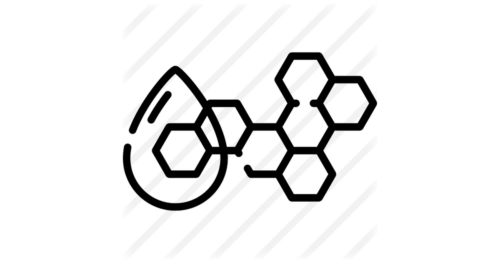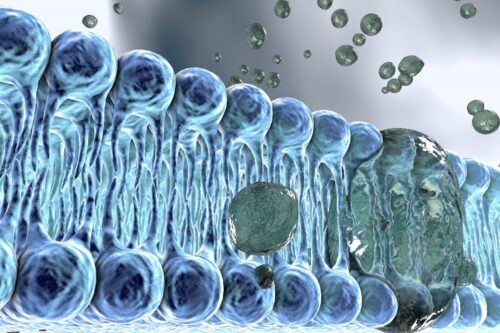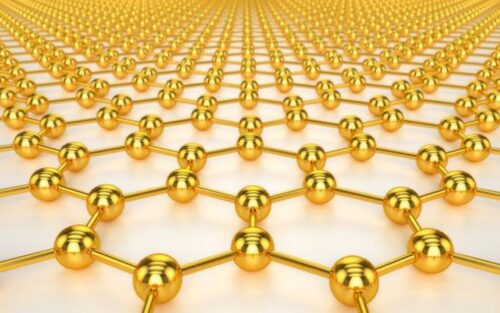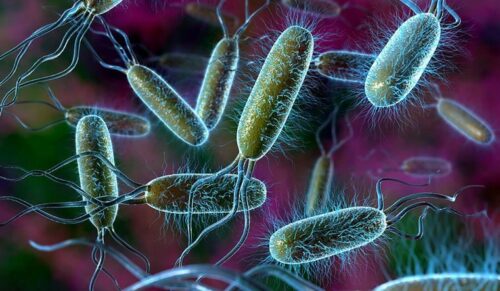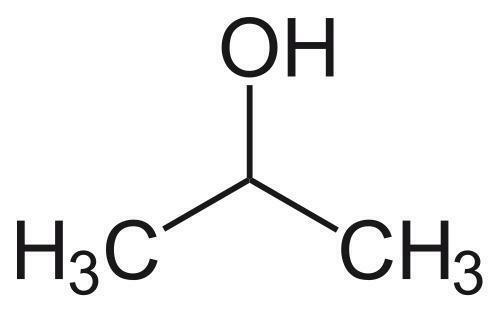Oxidative stress plays a major role in acne formation; this suggests that oxygen-radical scavengers could be potential therapeutic agents. Fullerenol C60(OH)44, a recently developed polyhydroxylated fullerene, is a spherical carbon molecule that has many hydroxyl groups capable of potent radical-scavenging activity. We have investigated its inhibitory effects in vitro on sebum production in hamster sebocytes and in Propionibacterium acnes lipase activity. Sebum production was significantly reduced by 1.5 microM of fullerenol in cells that had been irradiated with 10 mJ/cm2 UVB, although it was not altered in the non-irradiated cells, indicating that fullerene is a sebum suppressor for sebocytes under oxidative stress, such as that induced by UVB. It was also found that fullerenol has inhibitory activity against P. acnes lipase. These results suggest that fullerenol could be a beneficial skin care reagent for controlling acne vulgaris by suppressing sebum in the inflammatory response and by reducing P. acnes lipase activity.
Related researches 71 articles





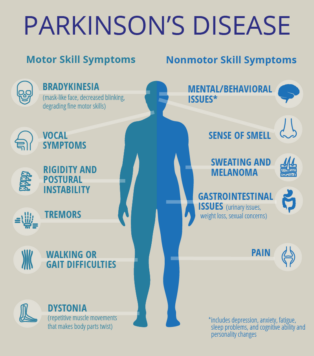
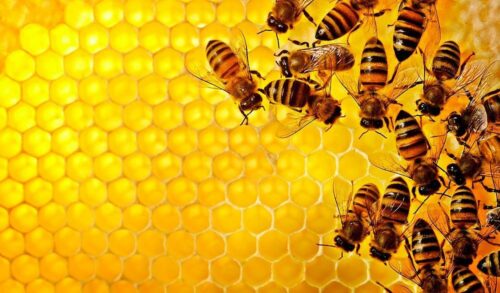




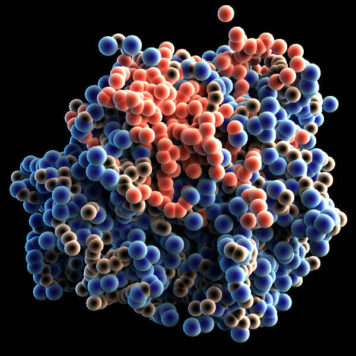



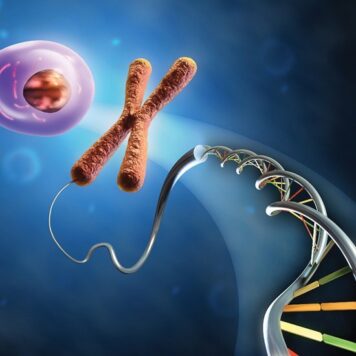



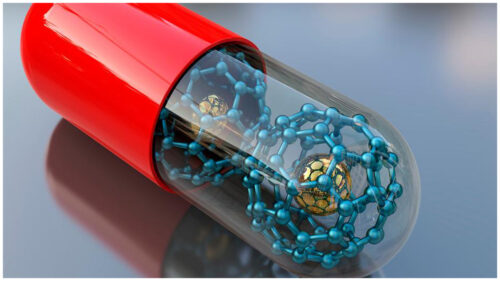




![Inhalable gadofullerenol/[70] fullerenol as high-efficiency ROS scavengers for pulmonary fibrosis therapy](https://biofullerene.com/wp-content/uploads/2022/12/istockphoto-12925559-440x356.jpg)
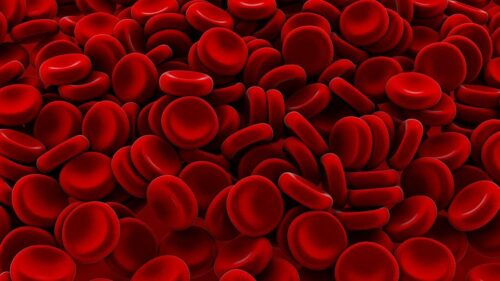
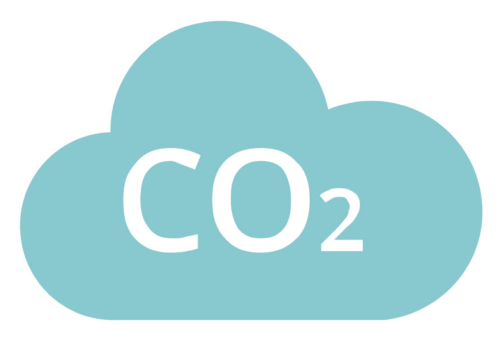

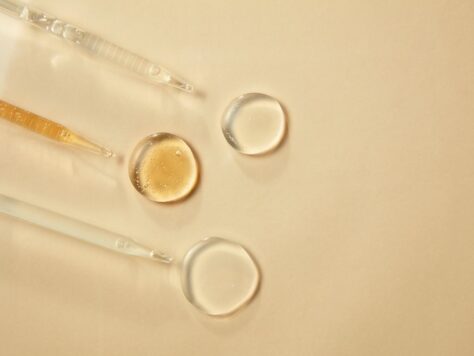
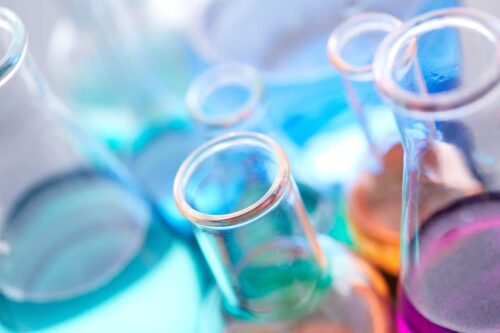



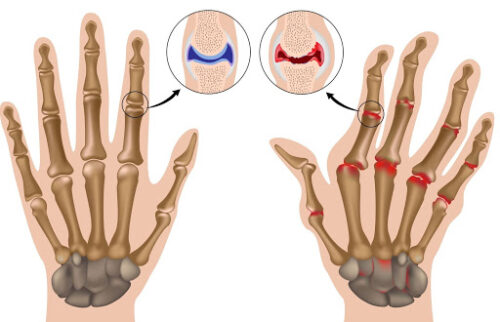
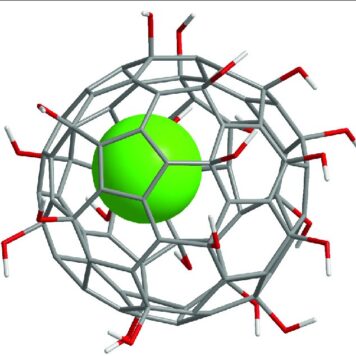

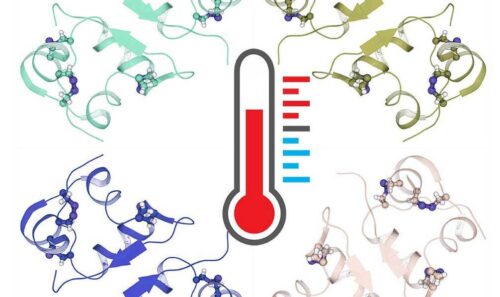

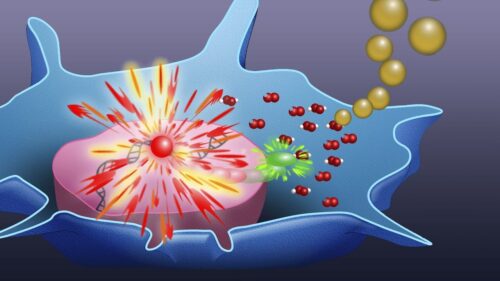
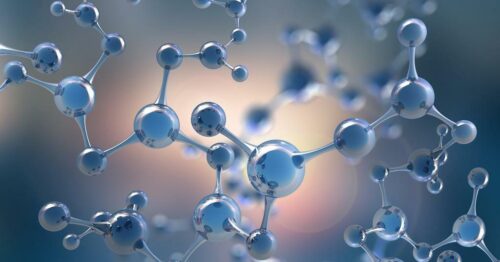





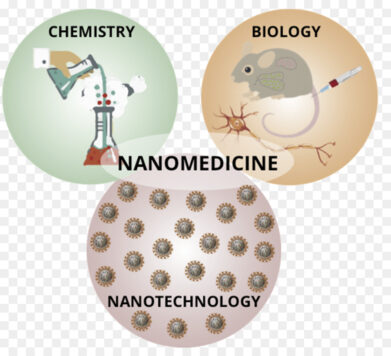



![Palladium-Catalyzed Reaction of [60]Fullerene with Aroyl Compounds via Enolate-Mediated sp 2 C-H Bond Activation and Hydroxylation](https://biofullerene.com/wp-content/uploads/2022/12/2978543-356x356.png)
